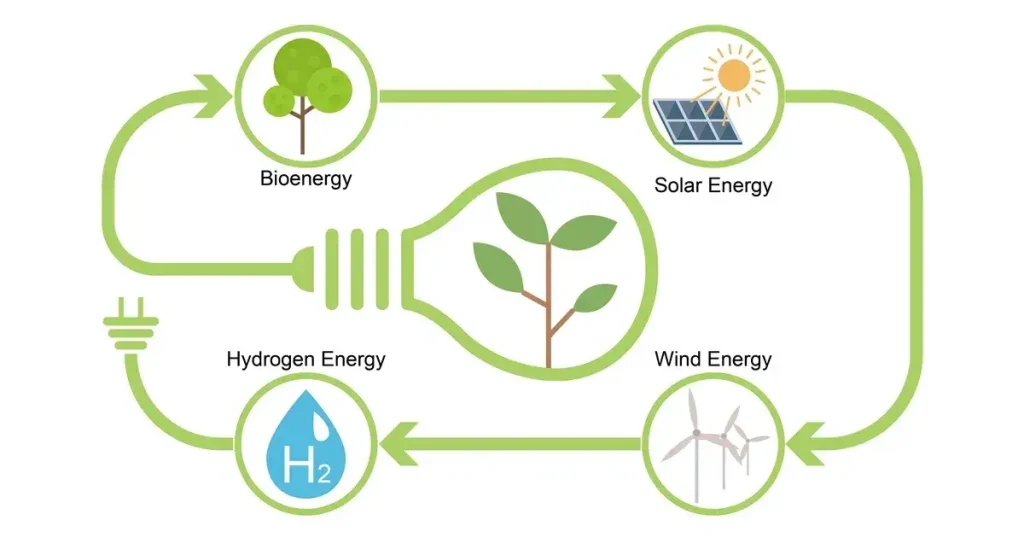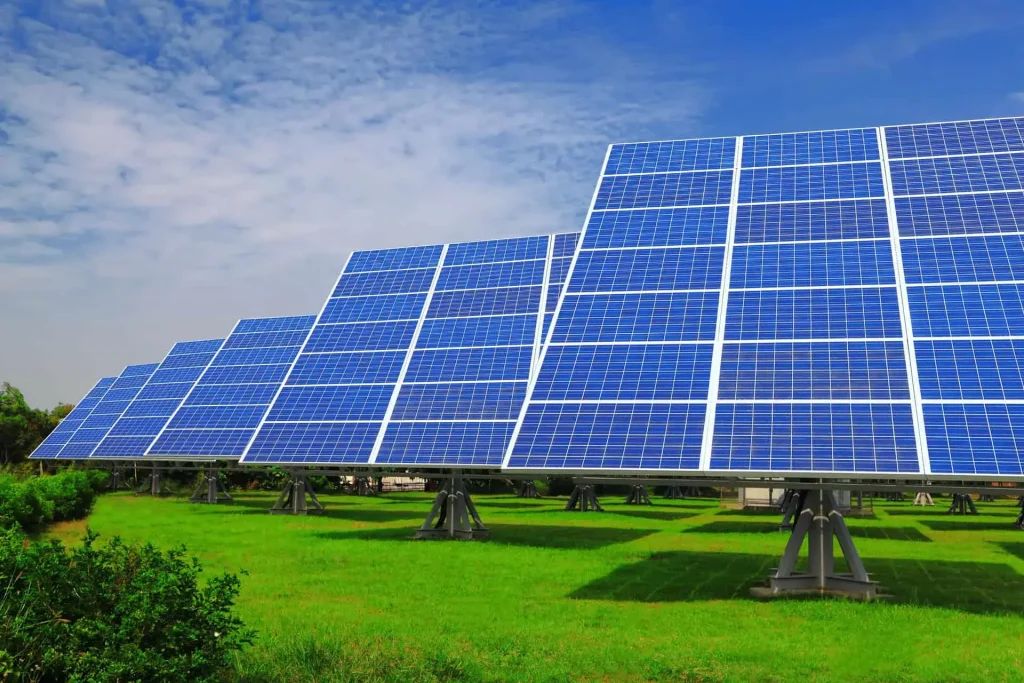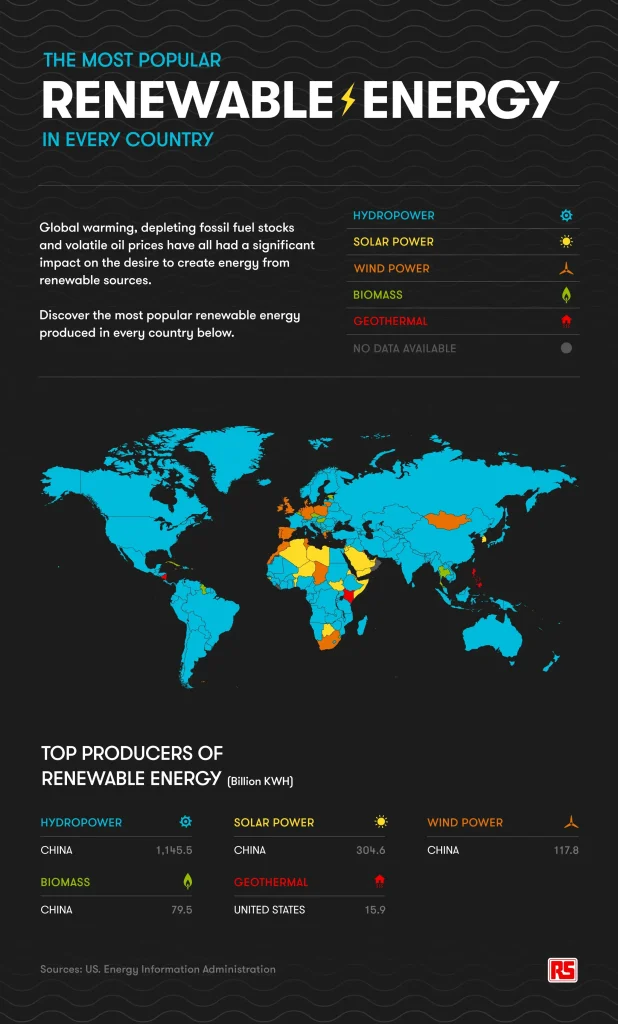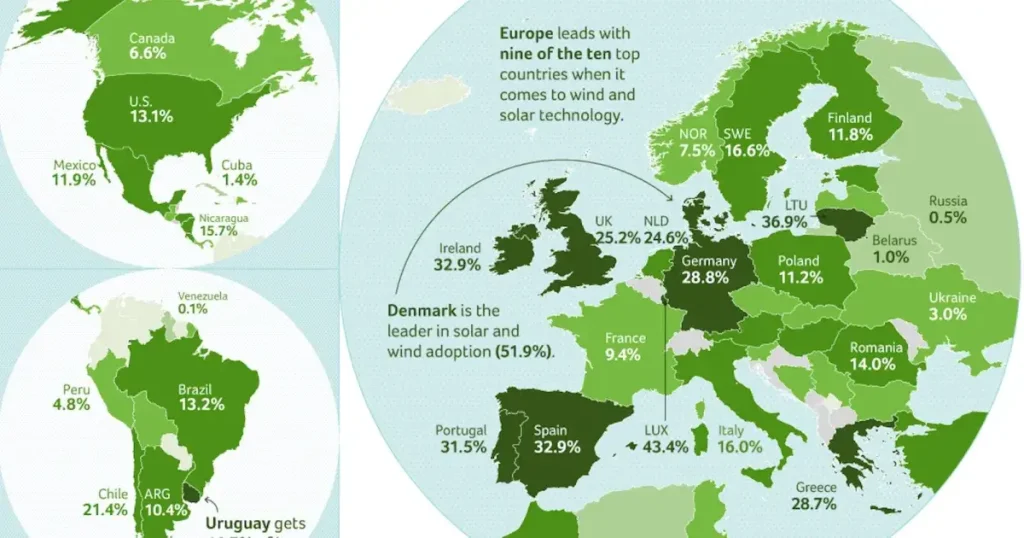As energy prices continue to rise and climate concerns grow, more people are turning to sustain energy solutions as a smarter, greener alternative. But are these solutions really worth the investment in 2025? In this post, we’ll break down the costs, benefits, and long-term value of renewable energy options to help you decide if making the switch is right for you.
What Are Sustain Energy Solutions?
Sustain energy solutions are renewable and eco-friendly systems designed to generate power without relying on fossil fuels. These solutions play a critical role in reducing greenhouse gas emissions, combating climate change, and promoting long-term environmental sustainability.
Here are the most common types of sustain energy solutions used today:
🌞 Solar Power
Solar energy is captured using solar panels or solar farms that convert sunlight into electricity. It’s one of the most accessible and widely adopted renewable energy sources, especially for homes and businesses in sunny regions.
🌬️ Wind Turbines
Wind turbines harness the power of moving air to generate electricity. Ideal for open plains and coastal areas, wind energy is clean, efficient, and increasingly affordable thanks to advancing technology.
💧 Hydropower Systems
Hydropower uses the flow of water—typically from rivers or dams—to produce energy. It’s a stable and consistent source of power, often used on a large scale, but small hydropower systems are also available for local use.
🌡️ Geothermal Energy
Geothermal systems tap into the Earth’s internal heat to generate electricity or provide heating. This sustainable energy solution is especially effective in areas with high geothermal activity, such as volcanic regions.
🌾 Biomass Energy
Biomass involves converting organic materials like wood, crop waste, and even animal manure into energy. When managed responsibly, it offers a renewable source of power while recycling natural waste products.
These sustain energy solutions offer cleaner, renewable alternatives to traditional energy sources, helping individuals, businesses, and nations transition to a more sustainable future.

Initial Investment: High, But Falling
A common hesitation when considering sustain energy solutions is the initial cost. In the past, installing renewable energy systems was considered expensive and out of reach for many. However, as we enter 2025, that landscape has changed significantly.
Thanks to mass production, improved technology, and increased demand, the upfront costs of sustainable energy systems have dropped dramatically. On top of that, many governments are offering financial incentives, rebates, and tax credits that further reduce the burden on consumers.
Here’s a quick look at the average 2025 prices for common home-based sustain energy solutions:
☀️ Solar Panels

- Cost: Approximately $6,000–$10,000 for the average household
- Details: Prices depend on system size, panel quality, and installation complexity. Many homeowners break even within 6–8 years through electricity savings and net metering.
🌬️ Wind Turbines
- Cost: Roughly $5,000–$20,000, depending on turbine size and wind availability
- Details: While less common for urban homes, small-scale wind systems are gaining traction in rural or open areas.
🔋 Battery Storage Systems (e.g., Tesla Powerwall)
- Cost: Around $7,000–$10,000 per unit
- Details: These systems store excess energy for use at night or during outages, increasing independence from the power grid.
💡 Tip: Combining multiple systems, like solar panels with battery storage, often qualifies for bundled discounts and additional incentives.
While the initial investment for sustain energy solutions is still a consideration, the long-term savings and available financial support make them more accessible than ever.
Ongoing Savings and Return on Investment (ROI)
One of the biggest advantages of investing in sustain energy solutions is the long-term financial return. While the upfront costs may seem high, most systems begin to pay for themselves within 5 to 8 years—sometimes even sooner with the right conditions and incentives.
Here’s how these solutions help you save:
✅ Lower Electricity Bills
Generating your own energy means less reliance on the grid. For some homeowners, this can reduce monthly electricity bills by 20–40%, or eliminate them entirely if your system meets all your energy needs.
✅ Sell Excess Energy (Net Metering)
If your system produces more power than you use, you can sell the excess back to the grid through net metering. This not only lowers costs but can also earn you a credit on your utility bill.
✅ Reduced Fuel Costs
Homes that use solar or wind power with backup battery systems reduce or eliminate the need for fuel-based generators. That’s additional savings, especially during power outages or peak hours.
Government Incentives Boost the Value
To accelerate the shift to clean energy, many governments in 2025 are offering strong financial incentives for adopting sustain energy solutions. These can dramatically reduce the initial cost and improve your return on investment.
Here are some common incentive types:
- Subsidies and Grants – Direct funding to cover part of installation costs
- Tax Credits – Up to 30–50% off your total system cost (varies by country)
- Rebates – Cash-back offers from government agencies or utility companies
- Low-Interest Loans – Special financing programs for renewable energy projects
These incentives are time-sensitive and often limited, which makes 2025 an especially good year to make the switch.

Environmental Benefits: Long-Term Impact
While financial savings are a major advantage, the deeper value of sustain energy solutions lies in their positive impact on the planet. Choosing clean, renewable energy over fossil fuels means making a long-term commitment to environmental health and global sustainability.
Here’s how sustain energy solutions make a difference:
🌍 Reduce Carbon Emissions
By generating electricity from natural, renewable sources like the sun, wind, or water, these systems help cut down greenhouse gas emissions. This is crucial in the fight against climate change.
🌬️ Lower Air and Water Pollution
Unlike coal or gas power plants, sustain energy solutions don’t release harmful pollutants into the air or water. That means cleaner air to breathe and healthier ecosystems for wildlife and people alike.
🤝 Support Global Climate Goals
Adopting renewable energy helps nations meet their climate targets, such as those outlined in the Paris Agreement. Every solar panel or wind turbine installed brings us one step closer to a carbon-neutral future.
Choosing sustain energy solutions isn’t just a smart financial move—it’s an investment in a cleaner, healthier planet for future generations.
Are They Worth It in All Locations?
While sustain energy solutions offer impressive benefits, their effectiveness can vary depending on where you live. Not every renewable energy system performs equally in all environments, so location plays a big role in determining whether the investment is truly worthwhile.
Here’s a quick breakdown of how geography and climate affect different energy solutions:
☀️ Solar Power
Best suited for: Areas with high sunlight exposure year-round
- Works exceptionally well in sunny climates like parts of the U.S. Southwest, Southern Europe, Australia, and South Asia.
- Cloudy or shaded areas may see reduced efficiency, though newer panels perform better in low-light conditions.
🌬️ Wind Turbines
Best suited for: Open, flat, or coastal regions
- Wind energy thrives where there’s consistent wind flow—such as rural plains, hilltops, or coastal zones.
- Urban or forested areas with wind obstruction may not produce optimal results.
💧 Hydropower Systems
Best suited for: Locations near rivers or streams with flowing water
- Small-scale hydropower can be effective for rural properties with year-round water flow.
- Requires specific terrain and environmental approvals, so it’s not practical for everyone.
Things to Consider Before Investing:
- Your local weather and climate patterns
- Available land or roof space
- Access to natural resources (sunlight, wind, water)
- Government support or incentives in your region
Before committing to any system, it’s essential to conduct a site assessment or consult with a renewable energy expert. This ensures you choose the most effective and cost-efficient solution for your unique location.

Final Verdict: Worth It for the Future
So, are sustain energy solutions worth the investment in 2025? For most homeowners and businesses, the answer is a clear yes. With the rapid decline in installation costs, increasing electricity prices, and growing environmental awareness, the timing has never been better to switch to renewable energy.
Beyond just saving money, adopting sustain energy solutions is a proactive step toward energy independence and climate responsibility. Whether you choose solar, wind, or a combination of systems, you’re not just powering your home—you’re helping to power a cleaner, more sustainable future.
🔍 Quick Summary
| Factor | Benefit |
|---|---|
| Cost | Falling due to improved tech & incentives |
| ROI | 5–8 years on average |
| Savings | 20–40% annually on energy bills |
| Environment | Significantly lower carbon footprint |
| Incentives | Tax credits and rebates available |
By investing in sustain energy solutions today, you’re not only reducing your utility bills—you’re joining a global movement toward a greener, more resilient energy future.
Ready to Go Green?
If you’re thinking about making the switch to sustain energy solutions, now is the perfect time to take action. The first step is to schedule a local energy audit. This will help you understand your current energy usage, identify areas for improvement, and determine which sustainable systems will give you the best return in your specific location.
Steps to Get Started:
- Get a professional energy audit to assess your home or business.
- Research local climate and available resources (sun, wind, water).
- Explore eligible government incentives in your region.
- Compare technologies—solar panels, wind turbines, battery systems, and more.
- Contact certified installers and request quotes.
With careful planning and the right support, investing in sustain energy solutions can offer decades of savings, independence, and environmental impact.
Frequently Asked Questions (FAQs)
1.) What is the future of sustainable energy?
The future of sustainable energy is promising, with rapid advancements in solar, wind, and battery technologies. Global investment and policy support are pushing toward a cleaner, low-carbon world.
2.) Is sustainability a good investment?
Yes, sustainability is increasingly a smart investment. It not only reduces long-term costs but also aligns with global market trends and environmental goals, making it financially and ethically rewarding.
3.) What will be the green technology in 2025?
In 2025, key green technologies include high-efficiency solar panels, smart energy grids, electric vehicles, carbon capture systems, and affordable home battery storage solutions.
4.) Is it worth investing in renewable energy?
Absolutely. Renewable energy offers lower bills, long-term returns, government incentives, and environmental benefits, making it a valuable investment for both individuals and businesses.
5.) Is sustainable energy really sustainable?
Yes. Sustainable energy sources like solar, wind, and hydro are renewable, produce little to no emissions, and have minimal impact on the environment compared to fossil fuels.
Conclusion
As we move deeper into a future shaped by climate change and rising energy demands, sustain energy solutions are no longer just optional—they’re becoming essential. While the initial investment may seem high, the long-term financial and environmental benefits clearly outweigh the costs for most people.
In 2025, with improved technology, accessible government incentives, and growing public awareness, now is the best time to consider making the switch. Whether you’re a homeowner, business owner, or eco-conscious individual, adopting sustain energy solutions is not only a smart investment—it’s a responsible one.
If you’re ready to cut your energy bills and reduce your carbon footprint, take the first step by researching the best option for your location and needs. The planet—and your wallet—will thank you.
